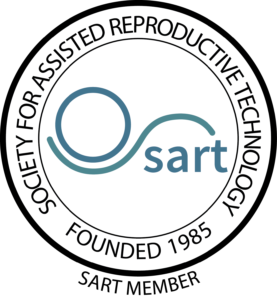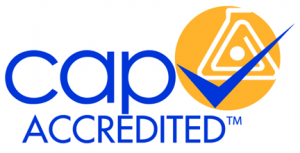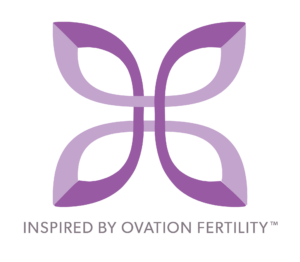Risks of injectable fertility medications include multiple pregnancy, ovarian hyperstimulation syndrome and tubal pregnancy.
Multiple Gestation
Multiple gestations are possible in any patient taking FSH. Twins may occur in up to 25% of patients, with 6% of patients having triplet (or more) gestations. High order multiple gestation pregnancy is associated with increased risk of pregnancy loss, premature delivery, infant abnormalities, handicaps due to the consequences of very premature delivery, pregnancy induced hypertension, hemorrhage and other significant maternal complications. Careful monitoring can reduce the risk of multiple gestation, but this risk cannot be completely eliminated. If an excessive number of follicles are produced during your FSH stimulation, your physician may decide to cancel the cycle to decrease your risk of multiple gestation. For some patients, IVF and single embryo transfer may be the only way to reduce the risk of multiples.
Ovarian Hyperstimulation Syndrome (OHSS)
All patients given FSH develop some ovarian hyperstimulation. In rare patients the stimulation can be abnormally marked or severe. This situation is known as OHSS. OHSS occurs in only 1-5% of FSH stimulations and is more likely to occur in women with polycystic ovarian syndrome or in conception cycles. OHSS may require hospitalization and can be life-threatening.
Early symptoms of hyperstimulation are excessive low back or ovarian pain, nausea and vomiting, weight gain, bloating, abdominal distention, and infrequent urination. These symptoms will most likely occur one to two weeks after the hCG injection. If you suspect hyperstimulation, contact our office at 321-4740. If the risk of hyperstimulation is too high, your doctor may be forced to cancel the FSH stimulation. If this happens follow instructions carefully to achieve the best outcome. Remember, there is a great deal of individual variation in response to FSH.
Ectopic (Tubal) Pregnancies
Ectopic pregnancies occur in approximately 1-2 percent of pregnancies. With FSH stimulation this rate is increased to 1-3%. These can be treated with medicine or surgery. Rarely combined uterine and tubal pregnancies occur and would need to be treated with surgery.
Birth Defects – The rate of birth defects after FSH cycles is not increased over that of the general population, at 3-5 percent. These children are also developmentally no different than their peers.
Ovarian Torsion or Twisting
Less than 1% of the time, the stimulated ovary can twist on itself, cutting off its own blood supply. Surgery is required to untwist or even remove it.
Ovarian Cancer Risk
The risk of ovarian cancer seems in part related to the number of times a woman ovulates in her lifetime. Infertility increases this risk; birth control pill use decreases it. Controversial data exists that associate ovulation stimulation drugs like FSH to the risk of future ovarian cancer. While research is underway to help clarify this issue, the careful use of gonadotropins is still reasonable, especially considering that pregnancy and breast feeding reduce cancer risk (American Society for Reproductive Medicine, Fact Sheet on the Side Effects of Gonadotropins).
Other Risks of Fertility Medication
While taking FSH, your ovarian follicular growth is accelerated. Because of this, the follicular (time to ovulation) period of the cycle is also shortened. As a result, your cycle length on FSH will probably be shorter than usual. Do not be alarmed if your FSH cycles are only 23-24 days in length. Different women respond differently to FSH – some quickly, some slowly.
Since there is much variation, you are urged to keep two days supply of FSH on hand so that at 5:00 p.m. you do not begin a frantic search for more FSH. Because it is an injection, many pharmacies do not keep FSH on hand. Many local pharmacies can order FSH and are happy to fill an order.
Clearly, at 5:00 p.m. it can be very frustrating to find you need more FSH and have none on hand!
It is impossible to correctly predict how much FSH you will require – even after the stimulation is underway. Save yourself the anxiety and keep two days supply ahead of your needs. This medication will keep for months in the refrigerator and will only be “unused” if you become pregnant. Remember weekends and be certain you have a sufficient supply to last until the next weekday.
Patients who choose to do a second or third cycle of FSH in consecutive months will need to have an ultrasound to check for ovarian cysts sometime within the first three days of the menstrual period. Large ovarian cysts are common following an FSH stimulation. If large cysts are present we recommend waiting one month or using birth control pills prior to beginning another FSH cycle.
In conclusion, FSH is a hormone capable of powerful ovarian stimulation. If used as instructed, it can safely cause ovulation and result in increased pregnancy rates in selected cases. Close monitoring is essential for the safe use of FSH. If any problems or questions arise during your FSH stimulation, do not hesitate to contact your doctor.






